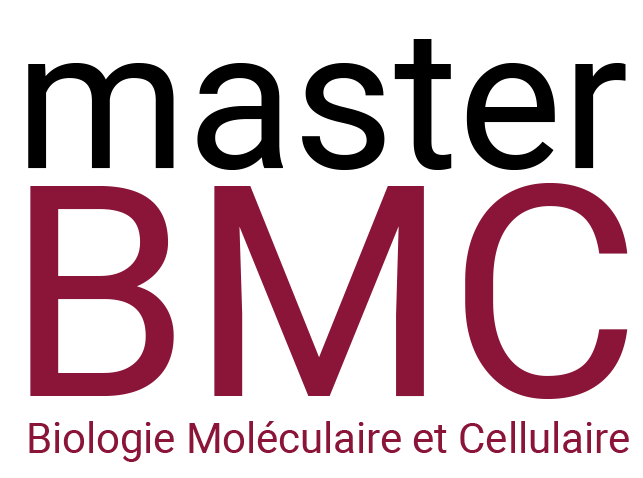Impact de l’altération de la voie GBA1 dans la physiopathologie de la maladie à corps de Lewy
Impact of altered GBA1 pathway in the pathophysiology of Lewy body disease
Supervisor : Mélanie Franco
UMRS_1134
Summary :
Impaired glucocerebrosidase pathway (GBA1 gene mutation) is a hallmark of Gaucher disease (GD). Lewy body disease (LBD) is a neurodegenerative disease characterized by alpha-synuclein accumulation and peripheral inflammation. Mutations in the GBA1 gene are the most important genetic risk factor for LBD. Based on blood cell studies, the objective of the thesis is to identify common biomarkers between GD and LBD to better understand the pathophysiology of LBD and to find new therapeutic targets.
Key words :
Lewy Body disease, Gaucher disease, Blood cells, alpha-synuclein, GBA1 deficiency
Detailed Project :
Gaucher disease (GD) and Lewy body disease (LBD) are two clinically very distinct pathologies but which share a common genetic predisposition: mutations in the GBA1 gene coding for glucocerebrosidase. GD is a rare genetic disease due to glucocerebrosidase deficiency characterized by an accumulation of sphingolipids. LBD is now recognized as the second most common neurodegenerative disease after Alzheimer disease and and is likely still under-diagnosed. LBD is characterized by an accumulation of alpha-synuclein (Asyn) aggregates, but the rest of it pathophysiology is still poorly known.
Mutations in the GBA1 gene are the most important genetic risk factor for LBD suggesting the existence of common pathophysiological processes and common biomarkers between these two diseases
Our laboratory and other have demonstrated the existence of biomarkers of GD at plasma and cellular level, in erythroid cells (semaphorin 7A and Asyn deregulation, sphingolipid overload) and in macrophages (deregulated secretion of chitotriosidase, CCL18, gpNMB, TNFalpha).
Our hypothesis is that there would be common blood biomarkers between GD and LBD and that impairment of the GBA1 pathway is an important pathophysiological mechanism of LBD contributing to disease development.
The student’s thesis objectives would be:
-Based on blood cells studies, highlight the alterations of the GBA1 pathway in LBD patients through the use of markers initially developed in GD.
-Study the consequences of GBA1 mutations on red cell physiology and on the inflammatory activity of monocytes/macrophages in LBD patients.
-Test the impact of treatments targeting the GBA1 pathway on the deregulation in LBD patient cells.
This project will be carried out in close collaboration with the Dr Mouton-Liger of Inserm unit 1144 and the clinical department of the Lariboisière hospital (Cognitive Neurology Center) which has collected blood, plasma and cerebrospinal fluid samples from LBD patients with and without GBA1 mutations.
Liste des publications des deux derniers doctorants (nom des doctorants soulignés) :
- Dupuis L, Chauvet M, Bourdelier E, Dussiot M, Belmatoug N, Le Van Kim C, et al. Int J Mol Sci. 2022;23(14).
- Dupuis L, Chipeaux C, Bourdelier E, Martino S, Reihani N, Belmatoug N, et al. J Cell Mol Med. 2020;24(17):9726-36.
- Franco M, Reihani N, Dupuis L, Collec E, Billette de Villemeur T, de Person M, et al. Am J Hematol. 2020;95(5):483-91.
- Franco M, Reihani N, Marin M, De Person M, Billette de Villemeur T, Rose C, et al. Am J Hematol. 2017;92(9):E561-E3.
- Lefebvre T, Reihani N, Daher R, de Villemeur TB, Belmatoug N, Rose C, et al. Haematologica. 2018;103(4):587-96.
- Reihani N, Arlet JB, Dussiot M, de Villemeur TB, Belmatoug N, Rose C, et al. Haematologica. 2016;101(12):1489-98.
Nom, prénom du directeur de l’unité de recherche : Le Van kim Caroline
Numéro de l’unité de recherche (et établissement de rattachement) : UMRS_1134
Nom, prénom du responsable de l’équipe d’accueil (EAD) : Le Van kim Caroline
Nom, prénom du directeur de thèse : Franco Mélanie

